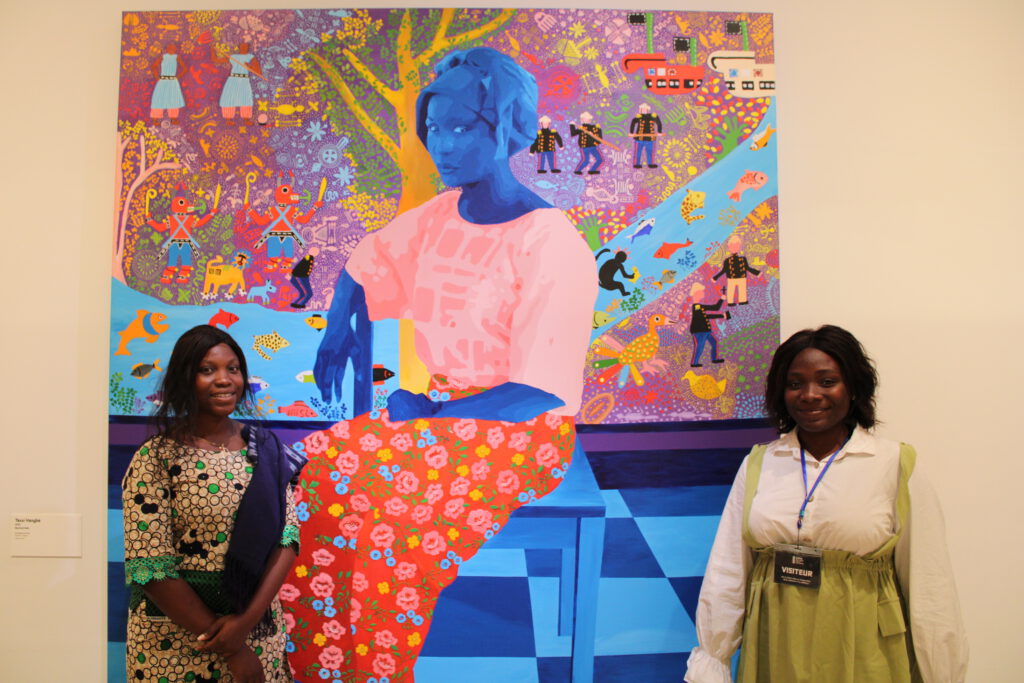If the act of restitution undertaken by France is entirely commendable, it is necessary to avoid focusing on this restitution in order not to lose sight of the 90,000 African treasures that wander like lost spirits in French museums.
Even today, this restitution raises several questions among Africans in general and Beninese in particular:
When were these treasures acquired and transferred to Europe?
What do we know about the history of our own objects?
Are the discourses conveyed by the West on the genesis and the imperatives linked to the production of these works really faithful to the reality of the socius which impregnates their elaboration?
The ongoing challenge of retribution faced by African museums and governments remains, even as some heritage museums in the North show a willingness to restore artifacts that have been stolen and stored in their museums for decades. For example, Germany recently decided to return to Nigeria the collection of Benin bronzes that were stolen from the city of Benin in Nigeria. The largest collection of Benin bronzes is in the United Kingdom, where museums such as the Cambridge Museum of Archaeology and Anthropology and the Pitt Rivers Museum in Oxford have openly proclaimed their desire to enter into discussions about returning cultural objects to their rightful owners. However, the British Museum Act of 1963, which still governs legislation relating to museum collections, prohibits the removal of objects from national collections. Unfortunately, it is highly unlikely that this strange law will be changed, as the UK is once again governed by conservatives who oppose the idea of restitution. The current British culture minister, Nadine Dorries, shares the same views as the previous Conservative culture minister, Oliver Dowden, who expressed his contempt for the “noisy woke brigade” of activists inside and outside national museums. Therefore, the bureaucratic and legislative hurdle plays into a simpler excuse for a state to evade responsibility for its violent history and to hide the current violence of stolen objects behind a law from the 1960s, thus precluding any form of action in the near future.
Therefore, with the rise of digital modernization of pan-African museums in particular, new debates have emerged about whether African museums can transfer and access looted art digitally, and whether this attempt is an effective solution to the current challenge while struggling to return missing objects. However, it raises complex questions about cultural and philosophical differences between Europe and Africa, and what is considered an appropriate use of art. Many of the missing cultural objects in Africa are sacred or have religious or cultural significance, and their absence cannot be reproduced or mitigated by digital display or the use of duplication. Furthermore, many of these cultural objects were part of pre-colonial societies that did not intend to produce art to simply collect, store, and observe from a distance. Instead, these artifacts were not considered mere objects in terms of materials, but subjects whose place was within the community. Furthermore, these subjects were not considered passive spectators, but played an active role and participated in ceremonies, for example. Therefore, the supposed retribution via digital rental of cultural artifacts not only prose an extension of material restitution by Western governments, but also reinforces philosophical questions about the use and meaning of art. This difference is always labeled as “otherness” and reinterpreted as a concern for the “proper way” to care for artifacts by the very nations that have plundered entire continents for centuries. Nevertheless, the digitization of stolen objects by African museums also offers the collective opportunity to raise awareness of the large number of artworks missing from African soil and to increase the demand for full physical restitution and reparations.
